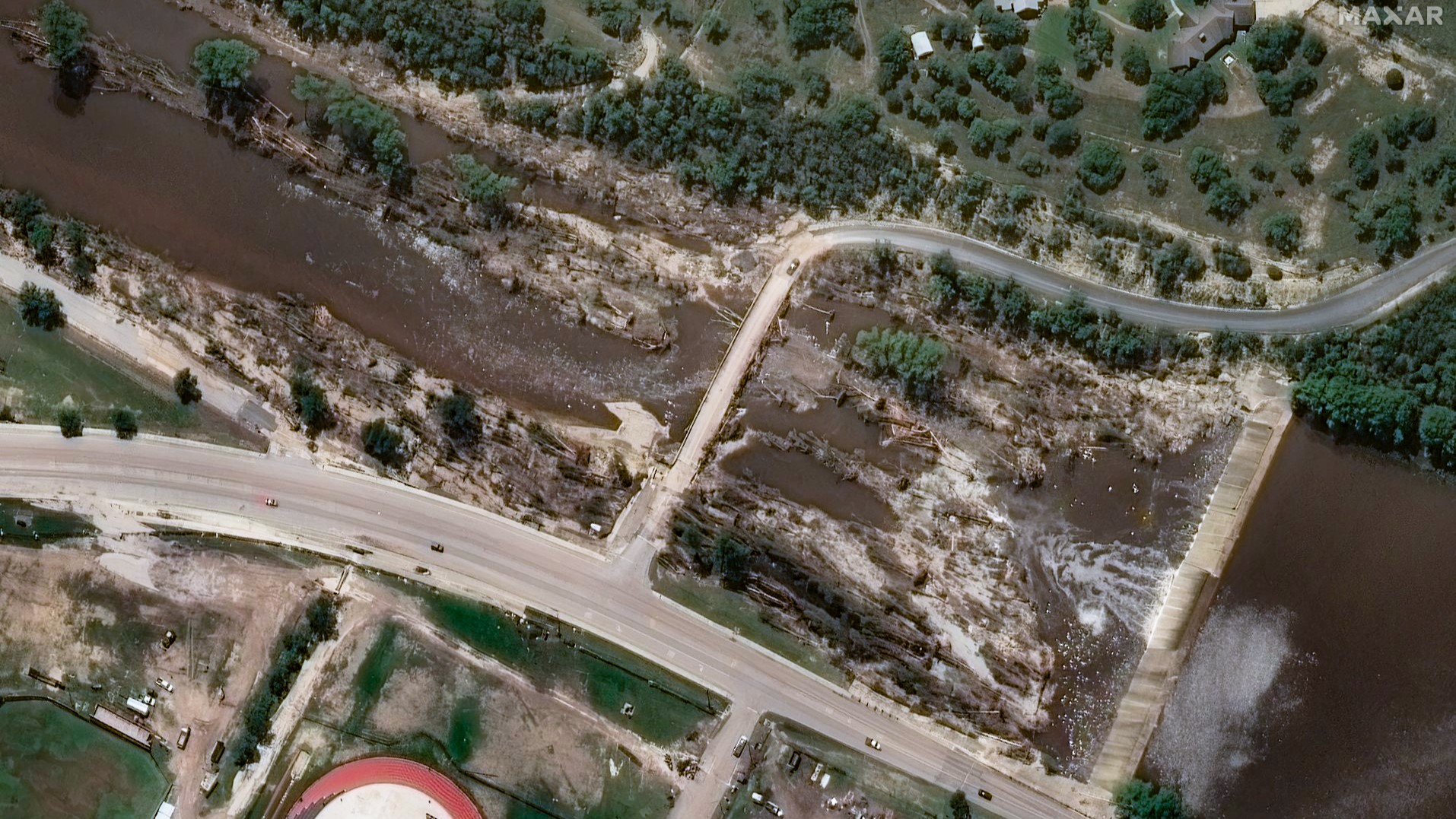Texas flood devastation revealed in before-and-after satellite images

From wastewater recycling on the ISS to a harmless yet disruptive asteroid and an ancient interstellar comet, space reveals both innovation and cosmic wonders.

All major sources, one page
Feel the mood behind headlines
Know what’s trending, globally
Get summaries. Save time
9,957
145
211
2 hours ago
Stay sharp in 60 seconds. Get concise summaries of today’s biggest stories — markets, tech, sports, and more
All major sources, one page
Feel the mood behind headlines
Know what’s trending, globally
Get summaries. Save time
9,957
145
211
2 hours ago
Stay sharp in 60 seconds. Get concise summaries of today’s biggest stories — markets, tech, sports, and more